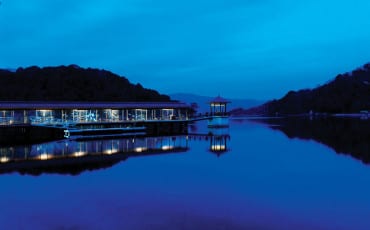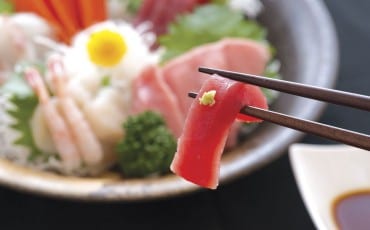- OISHII
- Articles
- Chefs Interview
- The Naked Finn’s Tan Ken Loon Interview – An obsession with seafood
Articles
Chefs Interview
Apr 16, 2020
The Naked Finn’s Tan Ken Loon Interview – An obsession with seafood
By importing his own seafood from Japan and around the world, The Naked Finn’s Tan Ken Loon is able to ensure top quality and consistent supply, as well as promote sustainability.
Sustainability is a buzzword in the food business these days, but to restaurateur and seafood importer Tan Ken Loon, it is a bit of a dirty word. “Sustainability is what we believe in and not a marketing message,” says the owner of The Naked Finn, a seafood-centric restaurant, who also runs craft burger joint BurgerLabo. “That is why we never use sustainability in our publicity.”
He adds: “As long as a species is threatened, we will not use it, regardless of the ‘sustainable’ label based on how the fishery is managed. It doesn’t matter if it is regulated. As long as there is demand, rogue fisheries will prevail.”
Because he also runs two companies that import seafood, he has greater control over what he serves in his restaurants. “When we started The Naked Finn in 2012, we struggled to get good quality supplies. Most suppliers compete based on prices and variety is limited as the focus is on popular items. We were forced into importing… We invested in two companies to ensure we get top quality and consistent supplies for our restaurants.”
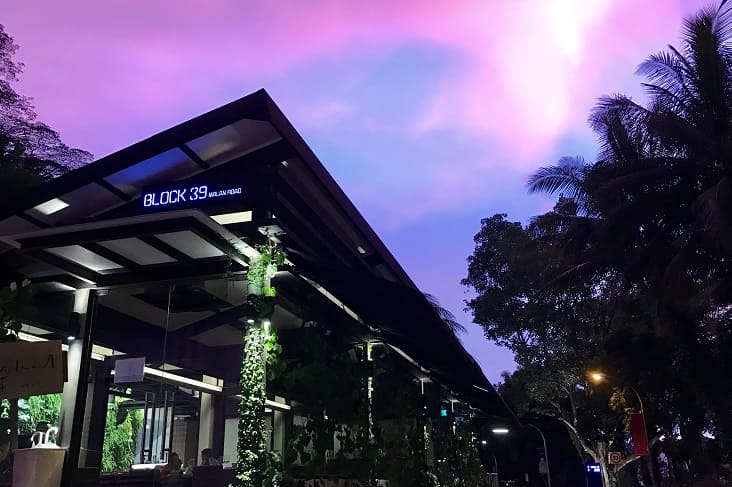
Igloo Food is a partnership that started in 2013. It imports seafood from Alaska, Australia, Europe and Asia. In addition, Tan set up Goodvibes International last year, which focuses on Hokkaido and Fukuoka seafood, bringing in mainly demersal fish (bottom-dwelling fish), prawns, lobsters and crabs. It also supplies seafood to top restaurants in Singapore, such as Odette, Esora, Hashida Sushi, Meta Restaurant and Le Bon Funk.
Known for his borderline obsession with seafood, Tan has experimented with more than 249 species of seafood from around the world since starting The Naked Finn. For its Crab Chawanmushi, he has tried countless crabs across 23 species, from different seasons, in search of one with a rich amount of albumen (egg white). This albumen coagulates into a tofu-like texture when steamed and is the basis for one of the restaurant’s most popular dishes.
Among the species that are vulnerable to overfishing are Patagonian toothfish, Atlantic cod, humphead wrasse, giant grouper and Atlantic halibut. Tuna, for instance, is not found on the menu at The Naked Finn, despite being highly sought after, and Tan proclaims: “Never… unless the wild population recovers to a sustainable level.”
At the moment, the most in-demand catch from Japan is uni or sea urchin. “Uni from Hokkaido is arguably the most important product now,” he says, adding that it can be found in “low-end to high-end restaurants, from Japanese to French to Italian to local”. “Fatty fish like akamutsu and nodoguro (from Fukuoka), and botan ebi (from Hokkaido) are very popular too. I guess diners’ preference is key and most cuisines are using them as they have a high perceived value.”
One of the more obscure fish from Japan which he loves and promotes at The Naked Finn is the samegarei from Hokkaido. Part of the right-eye flounder family, it is a flatfish with both eyes on the right side of the body. He says: “I love samegarei. It is a great fish that is fatty and works well grilled, deep-fried or steamed, and is tolerant to overcooking too.”
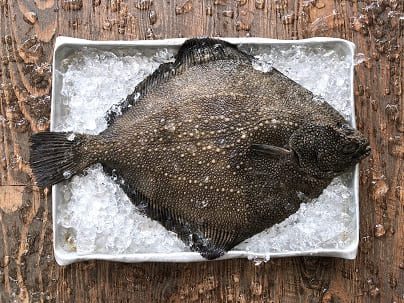
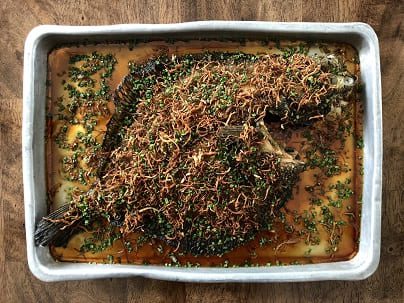
By introducing diners to less popular catch from the sea, Tan wishes to help ease the pressure on threatened and overfished species. “It makes sense to introduce other species to consumers. We can only do what we feel is right and hopefully some restaurants will follow.”






